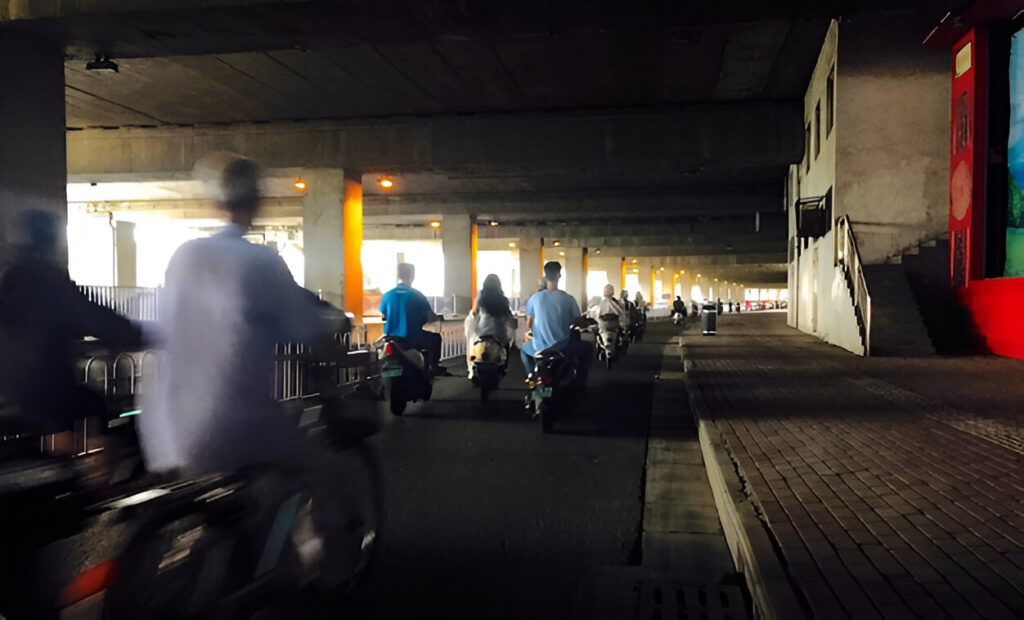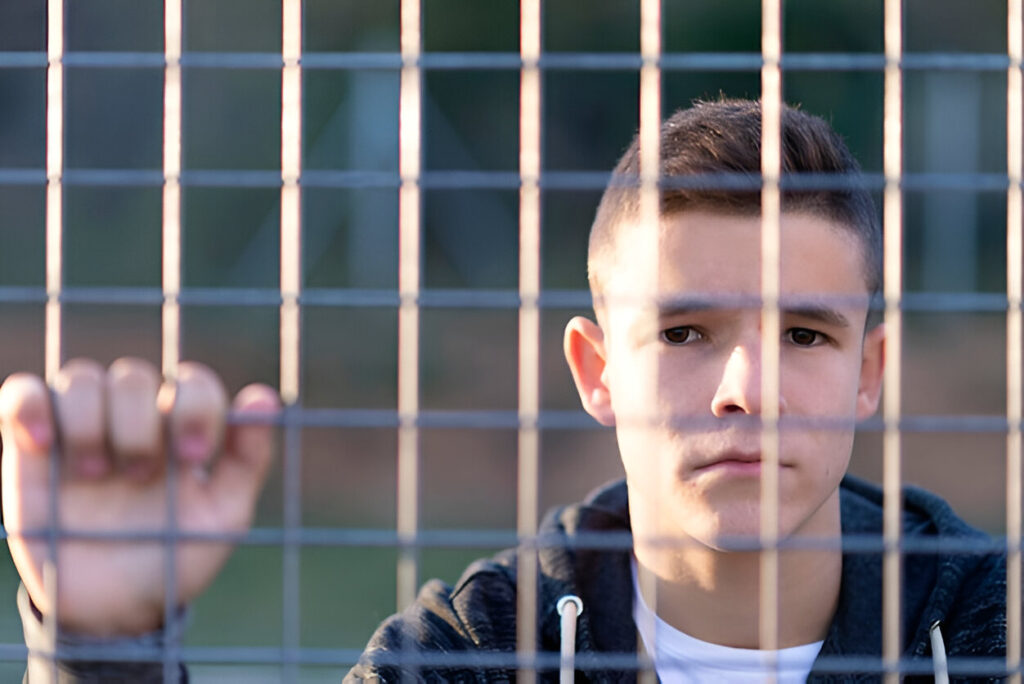⛓️ JRL Detention – Shadows, Silence & the Hope That Lingers
There are places the world forgets.
Places that exist in whispers, in the backs of police vans, in the last tear before sleep.
JRL Detention is one such place where time slows, and a boy’s shout echoes longer than the crime he’s committed.
This is not a story about cells.
It’s a story about souls.
🚪The Gates Close, But Stories Begin
Steel doors groan shut. Keys jingle like ghosts.
For most, it’s just another facility. A “juvenile detention center.”
But for the kids inside JRL Detention, it’s a universe —
Built of fluorescent lights, plastic chairs, and choices.
You don’t just enter the building.
You enter a reality where childhood meets consequence.
And sometimes, healing.
👤Who Ends Up in JRL Detention?
They are not monsters.
They are not lost causes.
They are someone’s son. Someone’s daughter.
A stolen car. A fistfight at school. A broken home.
They arrive young — sometimes too young —
Wearing handcuffs and the weight of mistakes, society often fails to understand.
They are not bad kids.
They are wounded kids who’ve stumbled in a world that didn’t always guide them right.
🕰️ Time Moves Different Inside
Days here are measured in routines —
Wake. Eat. Class. Reflect. Lights out.
But beneath the surface?
A volcano of thoughts.
Why did I do it?
Will Mom still visit?
What happens when I leave?
In the hush of night, that’s when truths surface.
That’s when tears fall silently into state-issued pillows.
🧠 Rehabilitation, Not Revenge
JRL Detention was built not to punish,
But to teach.
Therapists speak gently. Teachers hold space.
Staff, when they care, become surrogate hope-bringers.
There are anger management circles,
poetry classes,
drug counseling sessions,
and sometimes… laughter.
Because change doesn’t come from fear.
It comes from being seen — fully — even in the worst of your moments.
🎓 Education Behind Bars
Inside these walls, math still matters.
So does grammar.

But more than textbooks, youth here learn accountability.
They write apologies.
They study their emotions.
They reflect.
Some even write poems about forgiveness —
not just to others, but to the person in the mirror.
🖼️ Pictures of Reality: A Visual Glimpse Inside
- 📷 A hallway dimly lit, echoing with the quiet shuffle of slippers on waxed floors.
- 📷 A teacher at the front of a classroom, reading aloud a story of redemption.
- 📷 Two teens playing chess, silently understanding that this is more than a game.
- 📷 A wall covered in crayon drawings: dreams of freedom, family, and blue skies.
- 📷 A hand pressed to glass during visitation, a mother’s tears on the other side.
🌧️ The Emotional Weather of Detention
Some days are heavy like rainclouds.
Others shimmer with tiny victories —
like getting a math problem right, or calling grandma just to say “I’m okay.”
There is anger — fierce and hot.
But there is also regret, quiet and aching.
Both live here.
And so does hope.
🧱 Building Walls, Then Breaking Through
Yes, detention means confinement.
But it also offers structure — something many inside never had.
Three meals. Safety. Routine.
Ironically, some say it’s the first time they’ve felt “normal.”
But the ultimate goal?
To leave.
To not come back.
To walk out differently than you walked in.
👨👩👧 Families: The Silent Sufferers
Behind every detained teen, there’s often a broken family system.
Parents battling their demons.
Siblings wondered why their brother didn’t come home.
Visitation is both a blessing and a burden.
Sometimes, the pain of absence echoes louder than the slamming of doors.
Yet those visits —
a smile from mom, a letter from dad —
They’re the anchors that hold hearts from drifting too far.
🧩 Beyond the Fence: What Comes Next?
Release day is both freedom and fear.
Will friends still care?
Will the streets welcome me back with open arms or loaded risks?
Re-entry programs help.
Mentors matter.
But sometimes, the strongest thing these kids carry…
It is a journal full of reflections.
🌿 Second Chances Are Sacred
JRL Detention is not a graveyard for potential.
It’s a garden, messy and painful,
but capable of blooming redemption.
There are stories of kids who left to become social workers, poets, teachers,
and even counselors in detention centers themselves.
They return — not in handcuffs —
But as proof that change is real.
🧭 How Can We Help?
- Advocate for restorative justice.
- Volunteer in youth programs.
- Support organizations offering mentorship and therapy.
- Listen without judgment.
- See the humanity before the mistake.

Because every child — even the broken—deserves a chance to rebuild.
💬 Conclusion: Beyond the Bars, The Beating Heart
JRL Detention is not a place people talk about over dinner.
But it’s a place where real stories unfold —
Messy, human, hopeful stories.
Behind each locked door is a life still being written.
Let us not turn the page too quickly.
For in those shadows,
There still flickers the brightest kind of light — the kind that believes in tomorrow.
❓FAQs
1. What is JRL Detention?
JRL Detention is a juvenile residential facility focused on rehabilitation and education for youth involved in the justice system.
2. What age group is housed in JRL Detention?
Typically, it houses youth between 12 and 17 years of age, depending on the jurisdiction and the offense.
3. Do youth attend school in JRL Detention?
Yes, most juvenile detention centers provide education, therapy, and skill-building to help reintegrate youth into society.
4. Is JRL Detention only about punishment?
No. Modern facilities focus on rehabilitation, offering counseling, education, and emotional support.
5. How can I support or volunteer at JRL Detention?
Contact the local juvenile justice department or affiliated nonprofits for volunteer opportunities, donation options, and advocacy roles.
